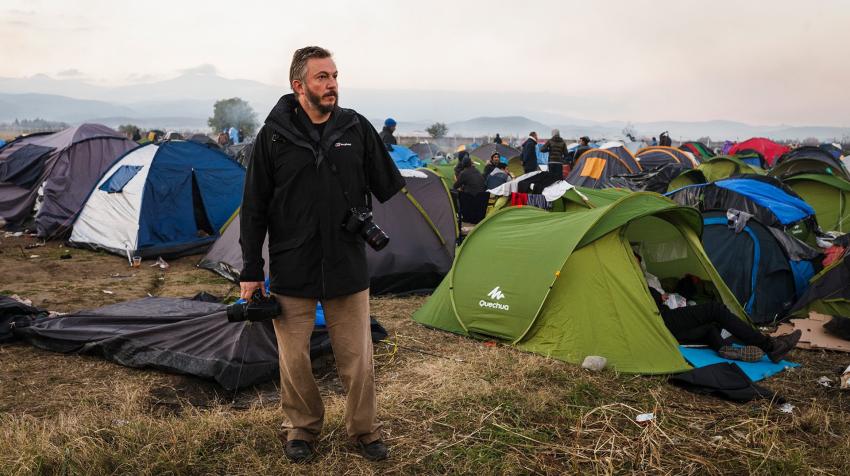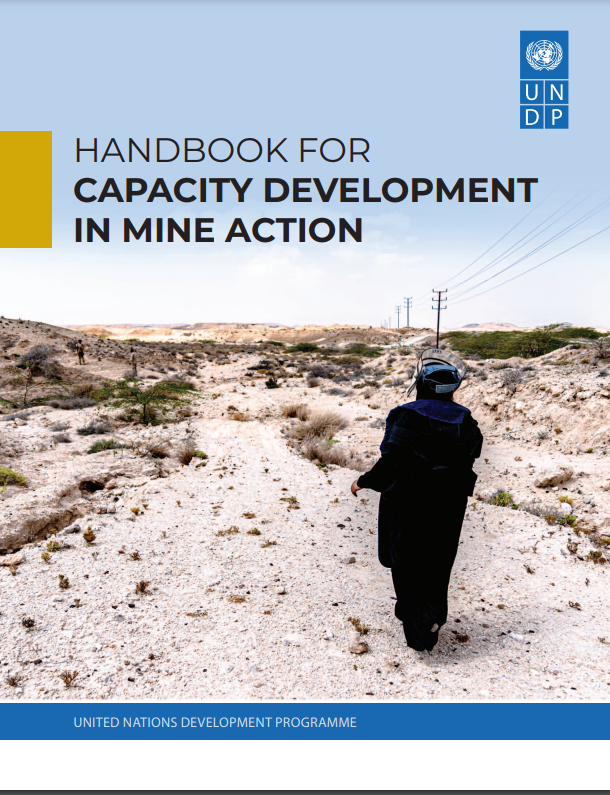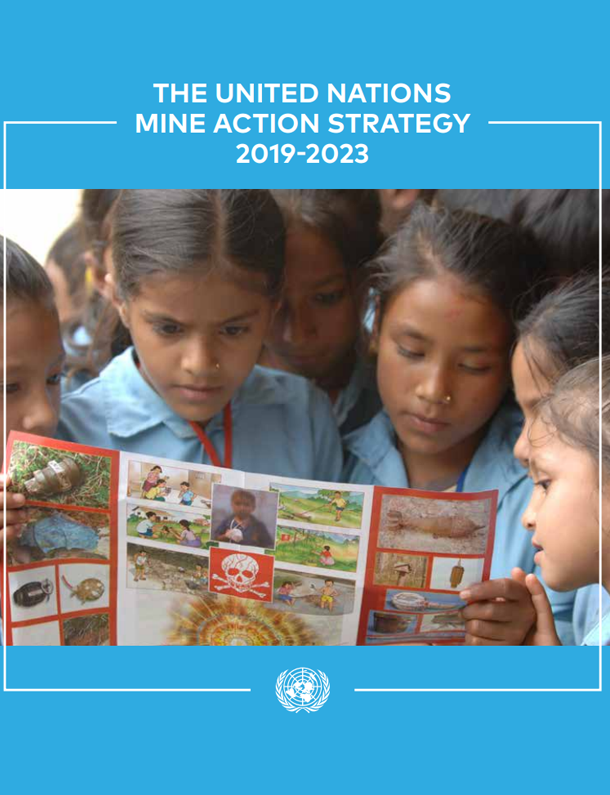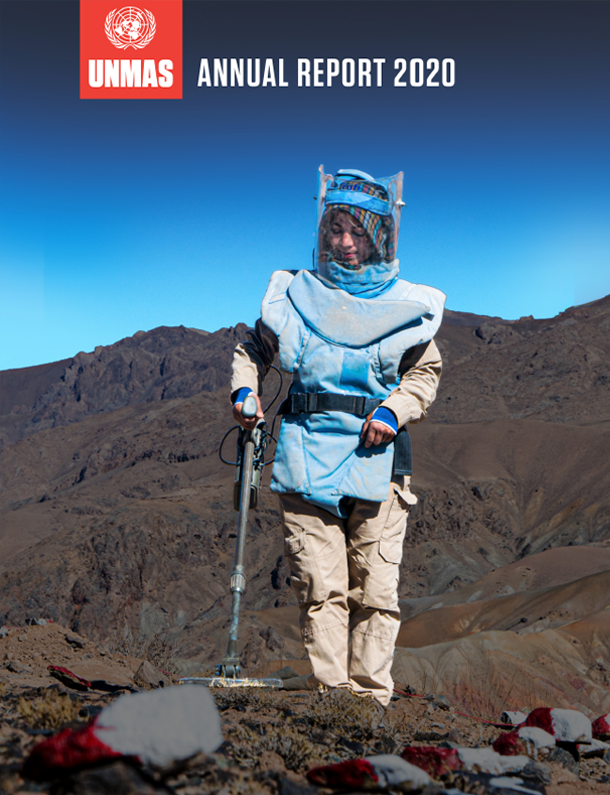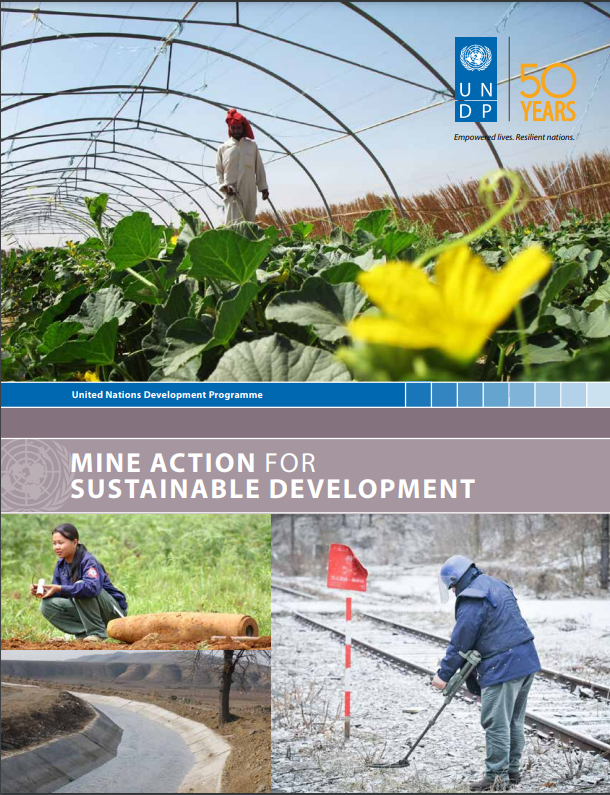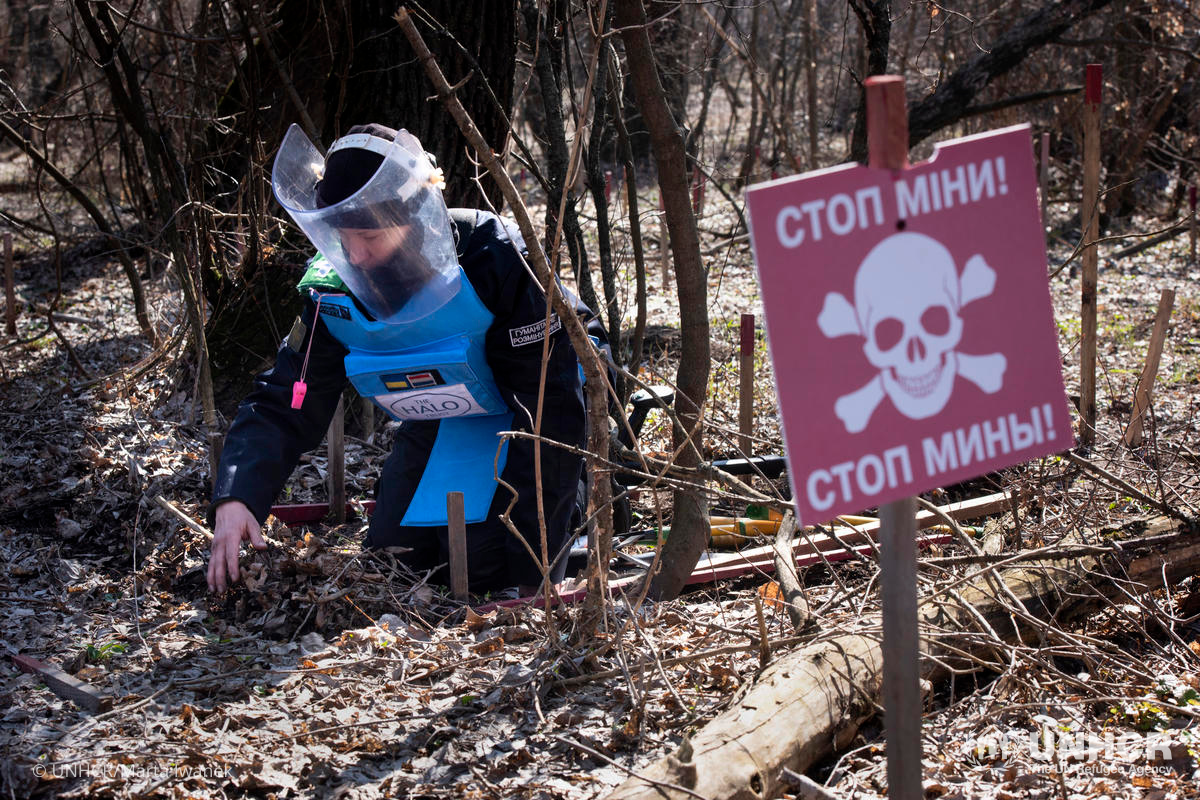“It was a miracle I survived that day. I was just lucky, it just wasn’t my day to go.”
Giles Duley used to live the rock’n’roll life of a fashion photographer, but now travels the world’s war zones documenting the lives of those caught up in conflict. He stepped on a landmine while working in Afghanistan and lost three of his limbs, and very nearly his life. This is his story.
Incredibly fortunate to be alive, few of Giles’ family and friends believed that he would work again after the accident. But he knew otherwise. Photographing Syrian refugees for UNHCR on the Greek islands, he found his way back into life and work. In this special bitesize episode, Giles Duley reflects on his drive to help others, tell life-changing stories, and on finding the strength to return from rock bottom.
“I always say it was those Syrian refugees … that gave me my life back. That’s why my commitment to telling the stories of refugees is a personal one because I owe them everything. “
This is a BiteSize episode extract from S1-Episode 4 — S1-E4 is an episode originally published by UNHCR Refugee Agency
The UN on Landmines:
- UN observance: International Day for Mine Awareness and Assistance in Mine Action
- UN Mine Action Service (UNMAS)
- UNMAS - International Mine Awareness Day 2022
- UN Mine Action
- UN Mine Action Strategy (2019-2023)
- UN Peacekeeping – Mine Action
- UN Development Programme (UNDP) - Development and mine action
- UN Children’s Fund (UNICEF) – Landmines
- UN Office for Disarmament Affairs (UNODA) - Landmines
- UNODA - Anti-Personnel Landmines Convention
- Dag Hammarskjold Library - Landmines and Explosive Remnants of War
- Dag Hammarskjold Library - Statistics on mines
- UN in Western Europe (UNRIC) Library Backgrounder: Landmines
- UN Chronicle article - Achieving Zero New Victims of Landmines
- UN News - Landmines
Transcript and Multimedia
Giles Duley 00:00
We had gone out on patrol, on foot patrol, and we got ambushed. And as we were taking cover, that's when I stepped on an IED.
Melissa Fleming 00:08
I'm Melissa Fleming from the United Nations. Welcome to Awake at Night. I think most people would have just given up. But Giles Duley, once a fashion photographer, became a war correspondent and then became a victim of that war in Afghanistan. He stepped on an IED. He lost three of his limbs, went through countless operations. And he's now back photographing people on the frontlines of conflict and people who are also the victims. He's amazing. And I'm really happy to introduce you to him in this bite-sized version of Awake at Night.
Giles Duley 01:03
Luckily, I was the only one injured. I remember distinctly. I remember a sense of a click or something happening and then just being in the air. I don't remember a sound. But I remember a sense of heat just engulfing me. This white heat blinding and then landing with a thud on my side. I thought I'd broken my back because I couldn't move. I couldn't sit up. I could see my legs had gone. There was just like a shard of bone remaining from my right leg. My left arm was kind of mangled and pretty much on fire. And my right hand was badly damaged as well. And I did think for a moment. I thought these are going to be my last moments. You know, I've seen people with far less injuries come to them very quickly. I didn't feel a huge amount of pain. I was lying there on my back. And I remember I was looking up at a tree. And it was a beautiful, beautiful Afghan morning. Spring morning. And there were birds singing and this blue sky. And I do remember thinking what a beautiful place to be my last moments. But then also thinking, ‘No. I'm not dying here in Afghanistan. I'm not going to be at my end.’
Then the crew that was with me, the team, they got to me. They put some tourniquets on to stop the bleeding. That was the first time I felt real pain. And I actually remember thinking that was quite a good thing. So, if I'm feeling pain, that means maybe, you know, there's some life in me. And then I remember saying to myself, ‘Well look, you know, I don't think you're going to make it. But I reckon you can keep going for two minutes. Two minutes is not a big challenge. So, just focus on your breathing. Don't think about things you can't do and try and focus on that.’ And it's actually very strange looking back on it. A guy called Chris Metz was the sergeant leading the patrol. He was knelt down next to me. And you know, he's recorded this about how we had a very long conversation. We talked about American football. I asked him to make sure that my laptop was sent back to the UK. It was strangely a calm moment. I remember watching these helicopters coming into the valley. They were coming to pick me up. And it was like a scene from a film. They were firing out their flares. And I was then picked up, put on the back of this Medevac helicopter. And I still never lost consciousness. I was fully conscious for that journey back. A twenty-minute flight back to Kandahar. I was still doing this thing where I kept thinking,
‘Two minutes. Okay, five minutes. You can do five minutes now. Keep alive for five minutes. Focus on your breathing.’ And people talk about flashbacks. And they talk about people remembering things happen in their life. I had the opposite. I had these flash forwards. And I suddenly started thinking about the things I still needed to achieve. The work that I still wanted to do. The idea of having a family maybe one day. All these things were going through my mind. And it was about halfway through the journey. And I remember feeling very calm then.
Melissa Fleming 03:41
You were able to control your destiny with your mind.
Giles Duley 03:45
I think I just… Certainly, I was able to put myself into a very calm place. And it was a lesson I really learnt throughout my life. Sometimes, there's things you can't control. And you can't focus on those things. Focus on those things you can control. And I knew I couldn't control most of what was going on. The only thing I could control was keeping myself calm and breathing. We landed in Kandahar. It was quite funny because as they were taking me out the back of the helicopter, I actually thanked everybody on the crew. And months later when the crew got back in contact with me. They were like, ‘Okay, who the hell says thank you?’ I was like, ‘Well, I’m British. You know, my mother brought me up with good manners.’ But they were trying to work out that, you know, who was this guy that was in a position to still say thank you. At that point in the UK, less than 20 people had survived a triple amputation by bomb blast. In fact, the first soldier was only a couple of years before me. You know, I was a 40-year-old man that had gone through that. It was a miracle I survived that day. Nobody can really figure it out. Nobody can figure out how I was still talking and having conversations when we landed. It was it was a miracle. I guess it was something, you know, extraordinary. And it wasn't anything that I did. You know, people have said ‘Oh, you must have been a hell of a fighter. You must have been really different.’ Unfortunately, all the young men that that die with the same injuries as me, they fought as hard as I did. They were as positive and hopeful as I was. I was just lucky that day. It just wasn't my day to go.
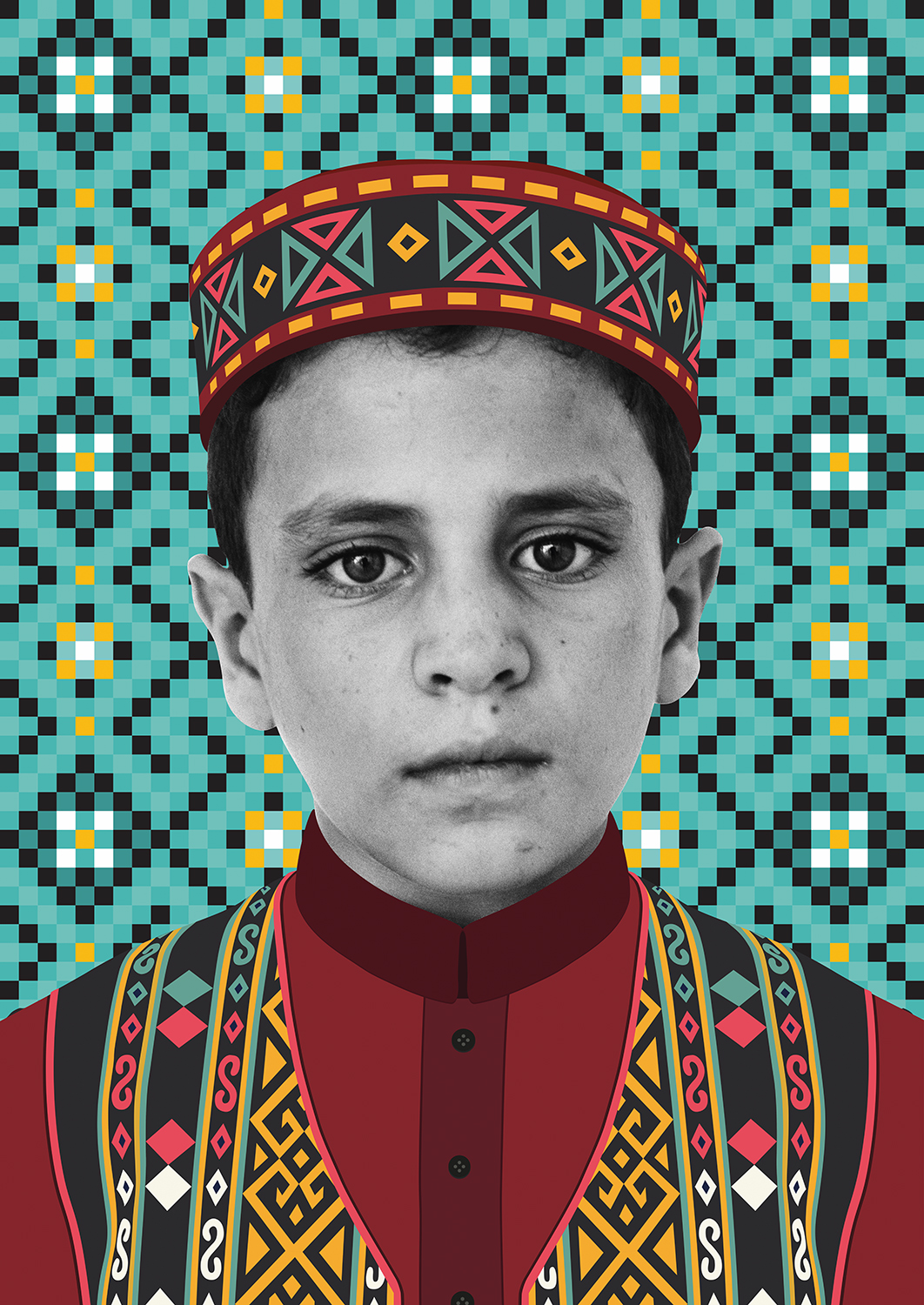
Safe Ground. Safe Steps. Safe Home.
“Safe Ground” is the name of the global campaign “turning minefields into playing fields” that was launched by the Secretary-General of the United Nations in 2019, and the concept of clearing the earth of landmines and other explosive hazards to make it safe for development.
Since the 1850s landmines were used in wars. During and after the Second World War their manufacture and use increased significantly. This baby bomb can sit in the ground for half a century or more and kill or maim anyone who steps on it.
Thirty years ago, civil society, individuals, women, and men working in human rights and humanitarian assistance organizations, called for a global ban on this weapon. This movement became the International Campaign to Ban Landmines in 1992. Governments and the United Nations listened, and in 1999 the Convention to Ban Landmines, known as the Ottawa Treaty, came into force.
Today, 164 nations have signed onto this treaty. Millions of mines have been destroyed, thousands of square kilometers of land have been cleared.
Photo: ©Mural by Giles Duley
Melissa Fleming 05:10
When you were lying on the ground, realizing that you had been hit and that your legs were missing you also saw your body parts. Can you describe that scene?
Giles Duley 05:23
I mean, you know, it's hard to ever explain to anyone that hasn't seen anything like that. It's beyond words really. It's interesting. It was actually photographed. There was a Canadian photographer embedded with a Medevac crew that picked me up. So, there were photographs taken moments after I was injured. And actually, filmed footage of… The guys with the helmet cams filmed the whole journey. So, you know, I've seen the whole of this footage. I've seen the photographs of it. And I still feel slightly detached from it. It's slightly alien to me. But it's beyond imagination, you know, to see your legs gone. And they had gone in a terrible way. So, it was it was beyond shocking. You can't process that information. But what I knew straightaway, was that my life was never going to be the same. That this was not going to be an injury that I was ever going to recover from. There was no way my legs were coming back. My arm was obviously terribly damaged. I thought both my hands might be gone. I do remember thinking about the fact that I could still see. And thinking, ‘Well if I can still see, I can still be a photographer. I can still, you know, do that.’ But it was I knew life changing. I knew from that moment on nothing would ever be the same.
Melissa Fleming 06:36
And when you woke up in the hospital, how did you react?
Giles Duley 06:41
Well, I was I was flown back to the UK. And then I went to a hospital in Birmingham, the Queen Elizabeth Hospital. And actually that was still touch and go. There’s 46 days then in intensive care. You know, my brother and sister sat by my bed 24 hours a day, because they were told at any moment I could go. And again, that was a series of miracles, you know. At various points, my lungs stopped working. My kidneys stopped working. Everything gave up at some point. At one point, my body was overheating so much, they didn't know what to do. They were putting literally blocks of ice around my body. I couldn't communicate because my hand was in a cast. I had a tracheotomy. And so, I could blink to communicate. But I remember it all. And you know, we talk about injury and pain. But there's something else, something deeper, and that’s suffering. And those 46 days, you have no awareness of time or day. Because normally, you know, a stay is maximum of a day or two days. Because literally intensive care, they're fighting to save your life. So, it's not… There's no quiet moment. There's always somebody pushing something in. Pumping something in. It's a constant process. And as I say, you become very confused because there's no day or night. It's lights on 24/7. Bright lights. There's this constant noise. This constant fear because you don't know what they're going to do to you next. They're not explaining things to you because it's an emergency situation. And they call it “intensive care psychosis” that can happen after a few days. And so, for 46 days, I lay there going through that. And that's just something that is more life changing than my injuries were or anything else. That is a time when the days, the hours, the minutes, just go on. And you're, scared. You think you're dying you are dying, and you see it in the people's faces. The panic and people rushing around. You can't have visitors. You can't have anything. You have no control of your own body. You know, you don't feed yourself. Food comes in through a tube. There's no food. You know, you don't drink water. You can't go to the toilet on your own. Everything is connected to something. You have no control over any part of your body. And 46 days is a long, long time with that. And that's something that really… My personality and who I am today was forged in that experience.
Melissa Fleming 09:01
How?
Giles Duley 09:02
Strength. You know, I left that thinking I'm unbreakable. You know, I left that thinking that I could confront any challenge in my life. I left that thinking that the years of depression, the years of other challenges, all were put into perspective. And I did have that sense that the people that I document, the people that I work with, who have suffered, that I had some idea of what they meant when they told me about suffering. That I really actually had for a moment kind of stepped in a living hell that many people are stuck in their whole lives. And that was a gift. An insight that very few people have. Very few people really have gotten to that point.
Melissa Fleming 09:51
Do you have any pain from your injuries?
Giles Duley 09:53
Oh, I’m in agony. I mean pain is terrible. I mean, to use the prosthesis, I mean, it's not something I ever really talk about. I don't think it's relevant on a daily basis to talk about, but yeah, pain is sometimes overwhelming. You know, you get different pain. My legs bruise. You get blisters. They bleed. You know, doing the work I do, I know I push myself way beyond normal limits. So, you know, every day, the end of the day working in the field, you know, I'm in so much discomfort. My left arm is constant agony. I call that like a toothache pain. That throbbing pain for the nerve damage in the arms. Some of my bowel injuries still hurt. But you know, early on, somebody said to me. A nurse said, ‘You have a choice. You're going to be in terrible pain for the whole of your life. You either choose a way of medication. But the medication would be morphine, very strong based.’ Or, she said, ‘You own the pain, and you make that pain your own.’ And that's helped me to deal with it. But yeah, I mean, I if I had one, gift, one dream, it would be to spend one day without pain.
Melissa Fleming 11:06
I mean, you've spent a lot of time recently photographing refugees. Why refugees? Why people who've lost their homes?
How do mines impact refugees and IDPs?
Landmines and explosive remnants of war can remain after years of conflict and prevent refugees and IDPs from a safe and dignified return. Landmines and explosive remnants of war claim thousands of lives each year. The victims often include refugees and internally displaced people (IDPs) who are fleeing conflict or persecution.
Here are some key things you should know about what landmines and explosive remnants of war are, where they’re located and how they impact refugees and IDPs.
Photo: ©UNHCR
Giles Duley 11:16
I remember going through my rehabilitation and watching on the news as the war in Syria grew more bloody, more violent. And I knew, even when I was in a wheelchair and being told I wasn't going to walk, that this was the story that I would have to do. And I realized as well that there were so many people who were being forced from their homes that were injured, that were disabled. That were struggling with issues very similar to my own. And I thought, well, who better to tell those stories than me. In 2014, three years after I was injured is when I was really able to return to full time work. And the first story I did was of Syrian refugees living in Lebanon. And really the most vulnerable refugees. So single-parent families, the elderly, and those living with disabilities. And doing those stories was transforming for me. There were two in particular. One was a woman Khouloud who was paralyzed by sniper's bullet. And the other was a young girl called Aya, who when I met her, she was living in this tent that was very damp and wet. It was a makeshift tent. And she had spina bifida. She was four years old. So, she couldn’t even sit up on her own. And I thought, if I take a photograph, she’s just going to look like a victim. But I said to the team I was with, I said, ‘Well, I'd like to spend the day at least and just be here and get to know the family.’ And what I discovered is this girl Aya was not a victim. She's actually the feistiest four-year-old I've ever met in my life. And she didn't just run her family, she ran whole refugee camp. You know, everyone was referred to as ‘donkey’ and she’d to be like, ‘Donkey, do this. Pick me up and travel around’. She was an incredible spirit. And eventually, the photograph I took of her was her with her sister playing hopscotch. And it's a really joyful photograph. I think in many ways in those camps I felt a sense of liberation almost. And I always say that the doctors, the surgeons, the nurses, they saved my life physically. They got me going. My family was there to support me. But everybody, everybody questioned me whether I could work again. Nobody believed it. I remember one of the darkest moments was actually coming out of hospital. I'd lost everything. I lost my home. I was bankrupt. I got no payouts, no support for getting injured. I was living in a bedsit in South London. There was mold on the walls. I’d broken up with my fiancée. I was on my own. I had nothing and no work. Nothing was coming in. And I really didn't know what I was going to do. And I was supported to finally go back and do the story in Lebanon of the Syrian refugees. And these families, like Aya’s family, and Khouloud’s family, they didn't look at me and think, ‘He can't do his job.’ They trusted me with their stories. They let me tell their stories. And when that work was published is when people started commissioning me again to work. So, I always say it was those Syrian refugees, the families of Aya, Khouloud, Reem and many others. They were the ones that gave me my life back.
Melissa Fleming 14:22
For more compelling stories like this, do subscribe to Awake at Night wherever you get your podcasts
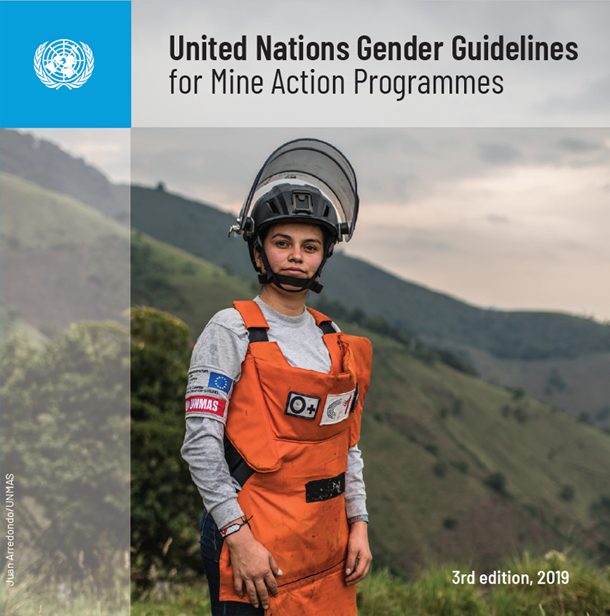
United Nations Gender Guidelines for Mine Action Programmes
3rd edition, 2019
UNMAS Partnership Model in Iraq

